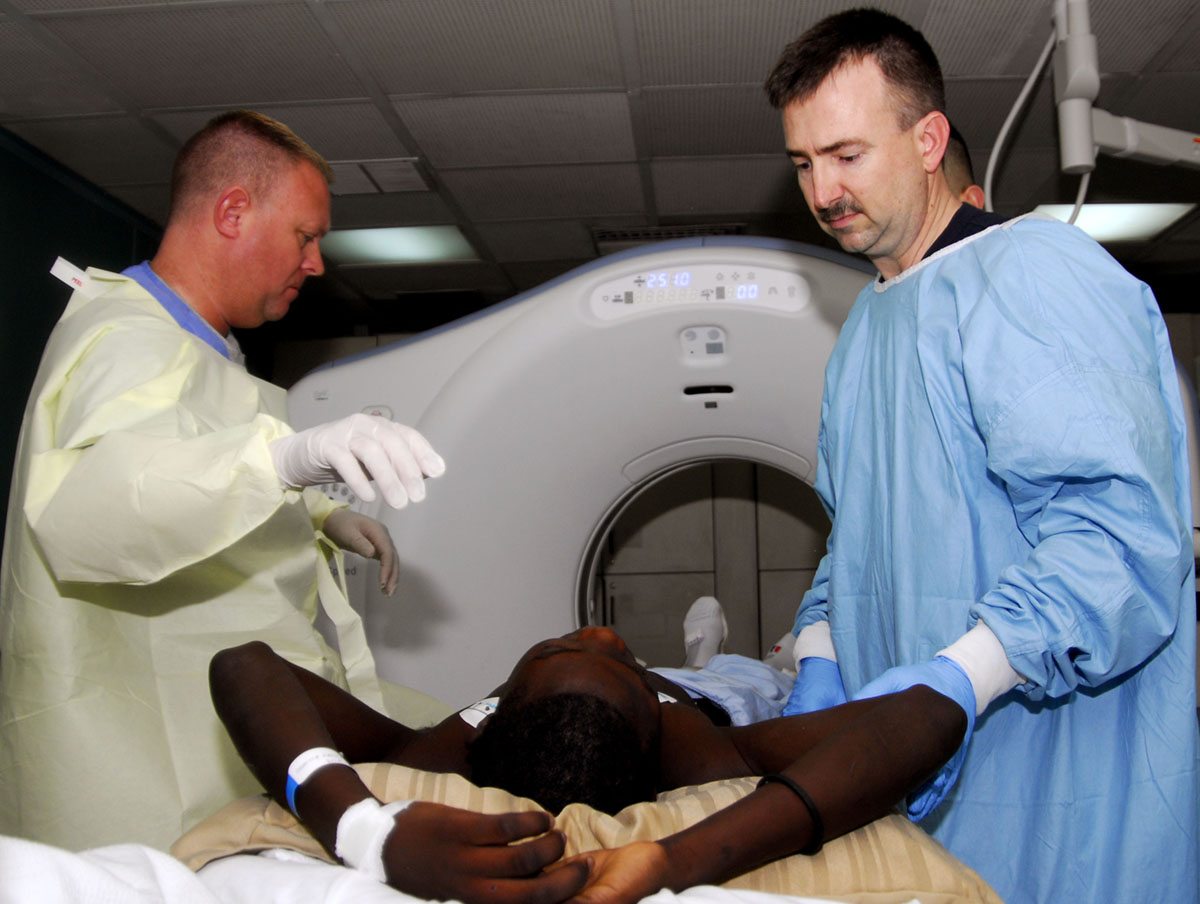
Introduction and General Data
Lumbar spinal stenosis is narrowing of the spinal canal at the level of lumbar spine. Any part of spine including cervical and thoracic can be affected by the narrowing process. The very process is in most cases caused by the degenerative diseases of the spine. In this condition the cause may lie in different structures which are parts of the spine. They include vertebral discs and facet joints. Even the changes in ligamentum flavum may lead to spinal stenosis. No matter what the cause is majority of patients eventually undergo the surgery which is the only therapeutic method that can almost completely eliminate the symptoms.
The Symptoms of Lumbar Spine Stenosis
The symptoms of lumbar spine stenosis are rather clear and if this occurs they lead the doctor in the correct direction of setting the diagnosis. A patient usually complaints about unbearable pain in lumbar area which occurs during standing and walking. On the other side the sitting is not such problem. There is also clear weakness of low extremities. The loss of sensations in legs can be present in advanced disease. Sometimes the symptoms may mislead the doctor into the wrong direction as patient only complain about problems in legs such as pain and weakness.
Patients find relief from pain in a sitting position. This position allows the spine canal to be more open and this way the pressure onto the nerves is reduced. This results in sedentary life style. In extreme cases patients can only move by using wheel chairs.
Initial Treatment of Lumbar Spine Stenosis
In the beginning the physical therapy together with certain medication is applied. Nonsteroidal anti-inflammatory drugs are most commonly administered. However, the symptoms simply cannot be eliminated by this treatment modality and the patient is left with the surgery which is the only effective option in treating lumbar spinal stenosis.
Surgical Treatment of Lumbar Spine Stenosis
Laminectomy is a surgical procedure that has been used for years. In laminectomy the surgeon removes the structures that build up the posterior part of the spine. Spinous processes are parts of the vertebra that protrude from the back of the spine and that can be felt under the fingers in process of spine palpation. A ligament that is present between these processes is in lumbar spine stenosis exposed to large strain. The processes are removed together with the ligament. There can be a consequence of this removal. The chronic pain in the back may occur. There have even been cases of the recurrence of the initial symptoms.
Another surgical option is 'Port-Hole' decompression in which the processes are not removed. The compression is in this surgical procedure achieved by making the special openings ('port-holes'). The majority of patients that have undergone this surgical modality are rather satisfied with the results as their disease and its symptoms have been brought under control.








_f_280x120.jpg)








Your thoughts on this
Loading...